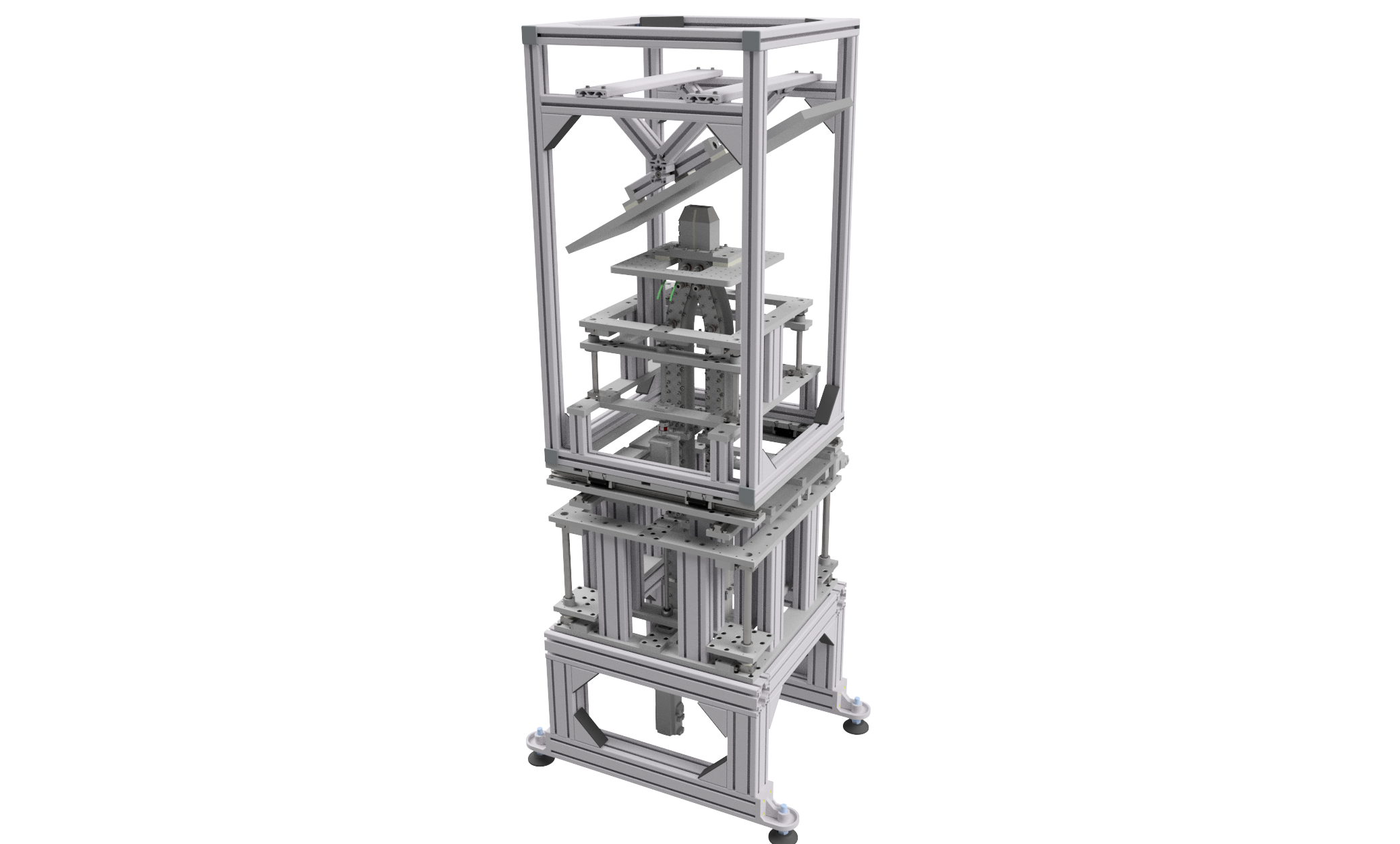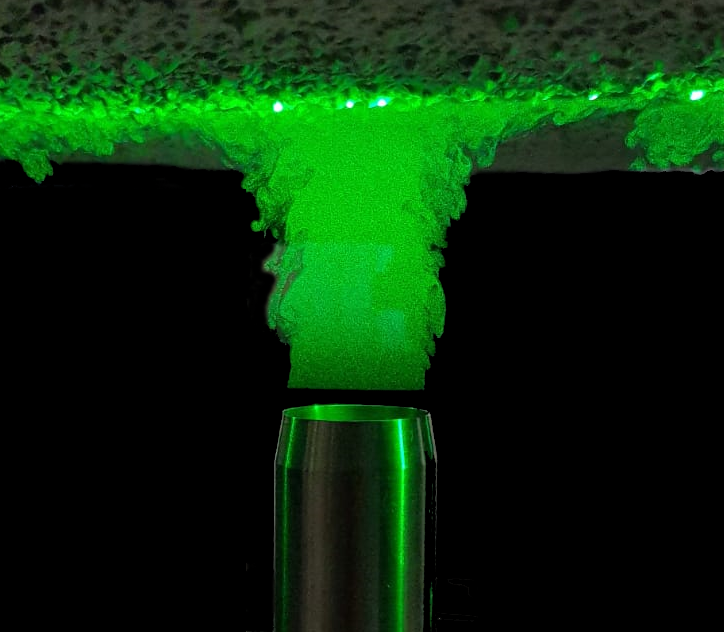Turbulent, chemically reactive, multi-phase flows near walls
The TRR 150 teams up researchers from the TU Darmstadt and the Karlsruhe Institute of Technology to advance the fundamental understanding and modelling of chemical kinetics, complex three-phase flow, instationary near-wall heat transfer and turbulence-chemistry-wall interaction
Motivation
From the work of the first funding period it has become obvious, that the interaction between walls and scalars that have different boundary conditions at the wall is highly relevant. For example, there is a finite gradient for the temperature (equivalent to the occurrence of wall heat losses) while for concentrations there is a zero gradient (no species transport through the wall). If a shear flow of two partial flows of different concentration and temperature hits a wall, a perfect correlation between temperature and concentration far away from the wall is observed, due to the analogy between heat and mass transport. Near the wall, a de-correlation due to the different boundary conditions is expected. These conditions critically determine both, the detailed kinetics reduction methods and the turbulence-chemistry interaction modeling. Because this interaction is not well understood yet, this new subproject was designed with the aim of investigating the underlying mechanisms in detail by means of a generic experiment.
Objectives
The subproject investigates the interaction between scalar transport and turbulence close to walls. For this purpose, a generic flow configuration is used that mimics relevant flows observed in internal combustion engines and exhaust gas systems. The experimental arrangement consists of a rectangular nozzle, which is divided in internally by a separating plate. The two partial flows may have different Reynolds numbers and/or temperatures or densities. At a defined distance from the nozzle, both partial flows hit a (hot) wall at different angles. The aim of the planned experiments is to investigate momentum, heat and mass transfer of the gaseous turbulent shear layer between the two flows as it impinges onto the wall. The velocity, temperature and concentration fields along the shear layer and in the near-wall region are measured simultaneously. From this, multidimensional joint probability distribution functions (PDFs) will be deduced. The acquired measurement data serves other subprojects for model development and validation of corresponding numerical simulations.
Current Work
Current objective include the development of a permeable impingement plate with an additional mass flow through the wall, for the new leading example ‘flame safety’. Furthermore, the different laser diagnostics are prepared (Thermographic imaging, PIV/PTV, and PLIF). The focus lays on the simultaneous measurement of the velocity, temperature and tracer concentration. Currently, the gas phase temperature is evaluated for the measurement of decoupling of the scalar fields. In addition, the influence of the surface roughness on the heat transfer between fluid and wall is investigated.

|

|

